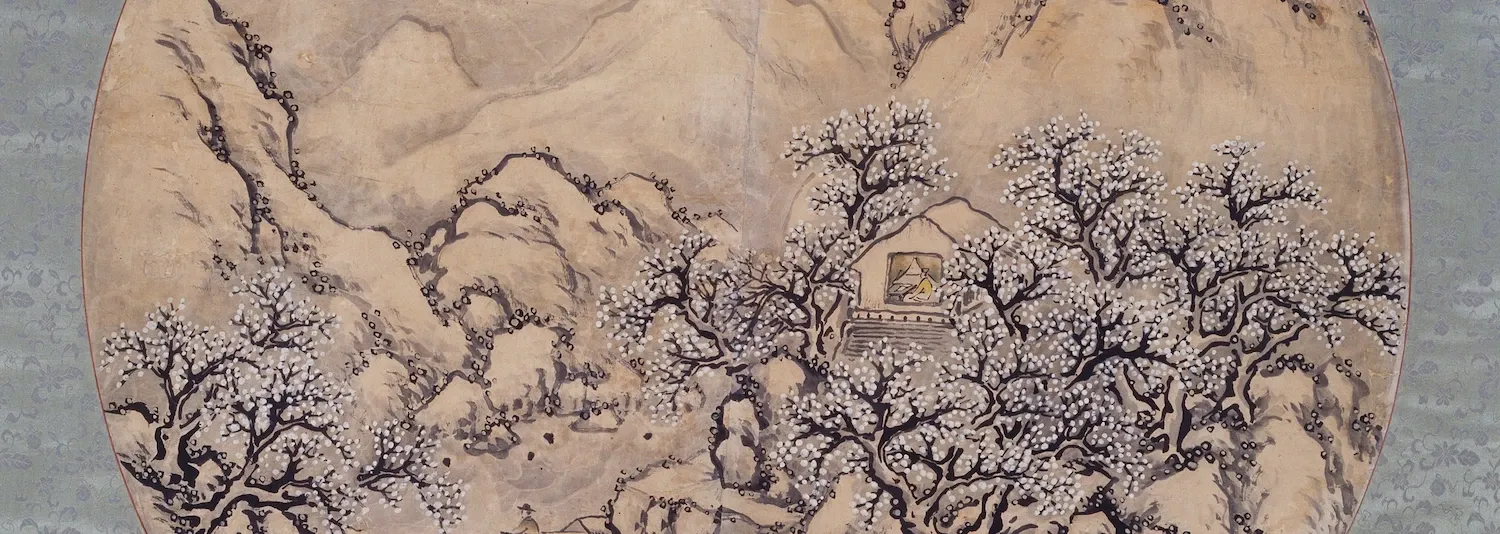What does “the tiger groom’s wedding day” mean?
You may even think, “Does it even mean anything? It seems like an okay (but boring) title.”
But — yes! It actually does have a particular meaning. It’s something people say when it’s raining while sunny — what we call a sunshower in English.
In Korean culture, tigers and foxes are common characters, where the tiger is powerful while the fox is cunning. In fact, the following story is similar to many other cultures’ involving trickster animals getting married during sunshowers.
The story goes, once upon a time, an ambitious fox set its sights on the tiger, the king of the forest. The fox was able to seduce and convince the tiger to marry her. However, there was a cloud who loved the fox from afar. On the day the fox was to be wed to the tiger, the cloud cried, and its tears fell as rain. But, wanting the fox to be happy on her wedding day, the cloud dried its tears with a bright smile.
This is why during the brief rain that falls even when the sun is shining, people say “it must be the fox bride’s wedding day” or “the tiger groom’s wedding day.” Or they simply call it a “fox rain.”
What a nice bit of folklore!
Why is it “tiger groom”?
In Korean, you could argue the title just says “the day the tiger is getting married”, but an important thing here is that the word for “married” is only for the groom! 장가가다 is for the groom, while 시집가다 is for the bride.
This word literally means “go to in-laws’ house” because in traditional Korean weddings, the groom would ride on a horse to the bride’s family’s house, where they would have a wedding ceremony, and then afterwards the groom would bring the wife on a palanquin back to his family’s house. So, there are two different words to describe the different roles of the bride and groom ^_^;
I think “the tiger groom’s wedding day” conveys all the important ideas, right?
Powered by Fuwari

